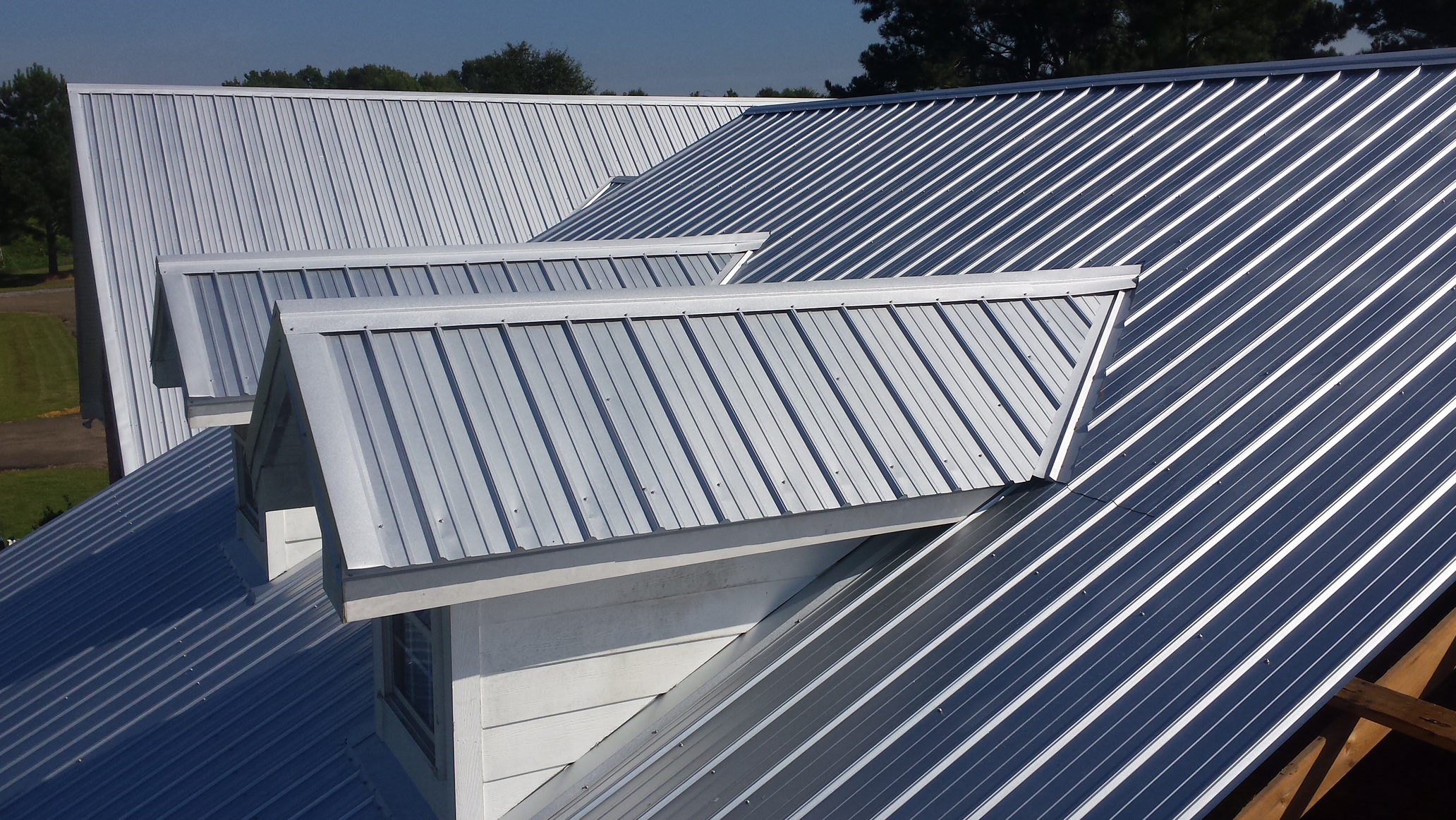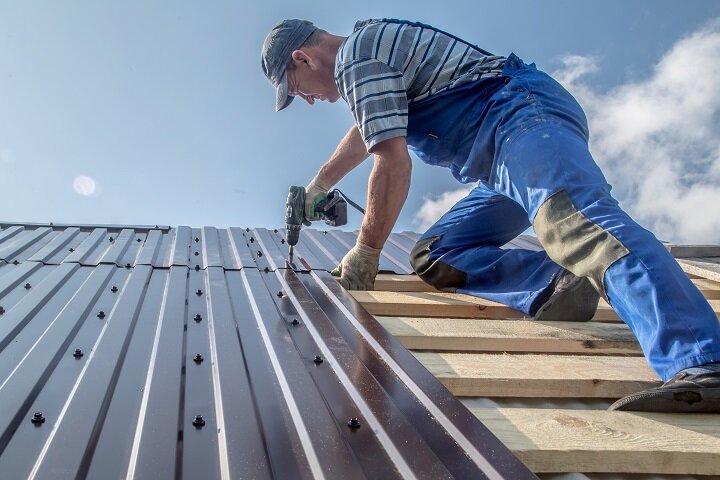7 Reasons Why You Should Think About Installing A Metal Roof On Your Home
Fixing a new roof for your home feels like the summit of any home design. It all comes to the type of roofing you install for your home. Homeowners generally rely on a range of factors to determine the best fit that culminates their desire. Some of these factors include; budget, style, energy efficiency, and design expectations. Additionally, the type of roofing you install not only determines comfort and satisfaction, but also durability and longevity. This is why many homeowners around the world are tapping into the plethora of benefits that metal roofing has to offer.
There are many benefits of metal roofing that are worthy of note, but the longevity of this roofing option stands out. With metal roofing, homeowners do not have to worry about changing their roof for a long time, as long as they keep it properly maintained.
Why choose metal roofing?
As a homeowner who seeks the best material for home roofing, there are a great number of materials you can select from. You must select one that offers you the most benefits that cover your home needs. Here are some amazing benefits of metal roofing that will help you make your decision.
1. Suitable for any location
Varying weather demands special roofing materials that will withstand the test of time. Roofs usually bear the grunt of weather conditions like hail, wind, snow, sleet, debris, etc. This is why it is often advised that you consider your location and weather type when selecting a roofing material. Despite their lightweight nature, metal roofs are known to be extremely durable. Compared to other roof materials, metal roofs can withstand the worst of weather damage and heavy wind of up to 100mph.
Additionally, metal roofs are durable against heavy objects and debris, and as such provide protection against tree branches or any heavy object that may be picked up during a heavy storm. Metal roofs offer more resistance to objects that would otherwise have punctured other roof materials or created a significant dent.
2. Metal roofs can last a lifetime
With other roofing materials, you run the risk of repair and complete changes from time to time. This is not the case with metal roofs. With periodic maintenance and care, metal roofs can last a lifetime. They usually come with a 50-year warranty and could last significantly more than that with proper care and maintenance. Luckily, metal roofs do not require exorbitant maintenance costs. When compared with other roof types, metal roofs are easier and cheaper to maintain with about 7 times their lifespan.
3. Metal roofs are eco friendly
As the world becomes more aware of the need for eco-friendliness, homeowners have sought an eco-friendlier option when it comes to roofing. While other roofs could negatively impact the environment, metal roofs do not contribute to the deterioration of the ecosystem in any way. They are made of fully recyclable materials and after replacement, these roofs can be recycled for new use. As a homeowner, you can rest easy knowing that your roofs will not contribute to the accumulation of landfill waste.
4. Creative roofing options
Who does not want creative designs when it comes to home designs? With metal roofs, you can fully customize your home and roof design to suit your style and taste. Metal roofing can also be designed in such a way that it mimics the pattern or design of other popular roofing materials. This way, you can have the design of most roofing materials on the market with the durability of your metal roof. You can also select from a wide range of styles and colors to suit the rest of the home design. With metal roofs, you also have the option to install skylights and other home improvement options.
5. Ease of installation
Metal roofs provide little to no hassle when it comes to installation. This is mainly due to its lightweight nature and durability. And although metal roofs can be installed any time of year, they require specific temperatures to guarantee seamless installation. Metal roofs also do not require extra reinforcement on the roof deck and so it makes the overall installation process seamless and quicker. You also do not have to worry about removing the roof in the future.
6. Metal roofs are energy efficient
With metal roofs, you do not need to install extra cooling and heating systems as your metal roof will keep the temperature in your home steady and consistent. This is possible because metal roofs are designed and installed in such a way that it keeps unwanted elements away from your home. This helps your home reduce the loss of heat during colder days thereby maximizing energy in your home. This saves you money in the long run in the form of utility bills and heating systems.
7. Metal roofs help in shedding snow
For homeowners in snowy areas, it may be particularly difficult getting snow off their roof after a blizzard. This accumulated snow will become additional weight and put the integrity of your roof to the test. This is where metal roofs become particularly useful. With a metal roof, homeowners do not need to climb up a ladder to shed off the excess snow from the roof, the roof prevents the accumulation of snow after heavy snowfall. Metal roofs prevent snow from accumulating by creating a smooth surface for the snow to simply slide off immediately after the temperature rises above the freezing temperature of the snow.

